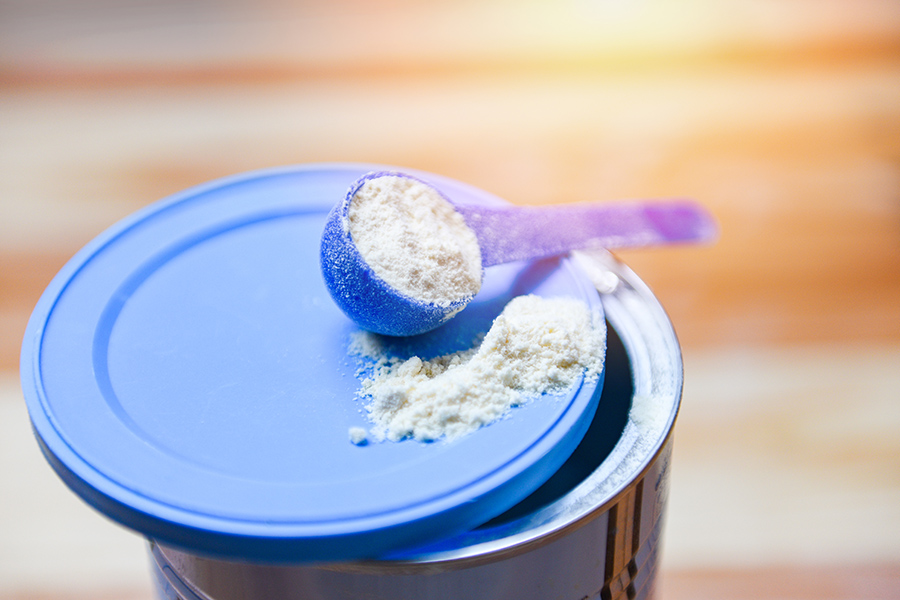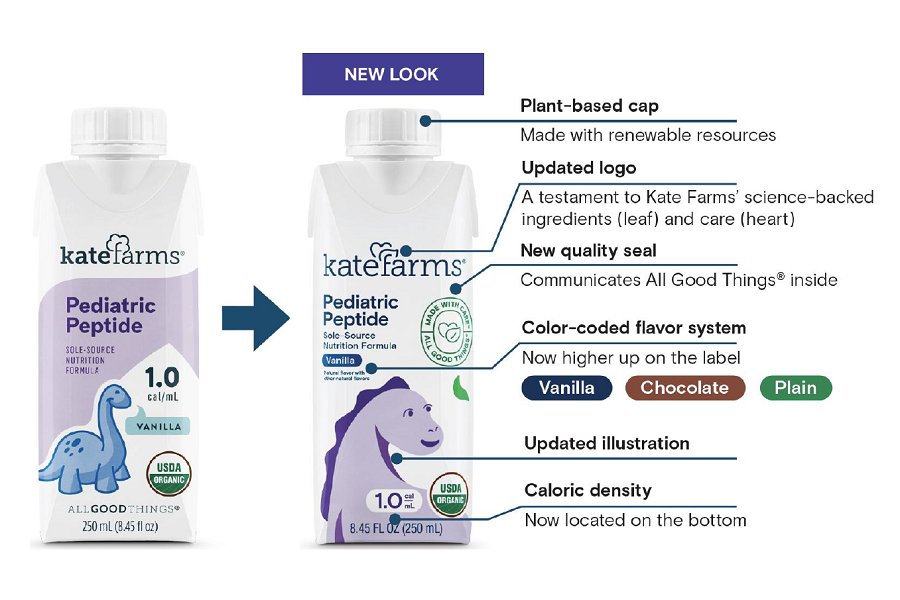Updated 9/15/2020
Gravity feeding is a method of feeding that allows formula to flow out of the bag and into your feeding tube with the assistance of gravity. Generally, this type of feeding will take 30 to 60 mins to deliver 8 oz (or 250 ml) of formula. The rate, or speed, at which the formula travels through the tubing is controlled by a roller clamp. To ensure that you have set the appropriate flow rate for your gravity feeds, we’ve created this guide and included this Gravity Feeding Drip Rate Chart for reference.
How to Determine the Flow Rate
It is extremely important to make sure feedings are administered at the appropriate rate. This will provide a pleasant feeding experience and prevent signs of intolerance (i.e. nausea, vomiting or abdominal distention.)
A registered dietitian or physician will prescribe a recommended feeding plan before you leave the hospital and this plan may be adjusted or modified based on your needs. The feeding plan will consist of a feeding rate, dose and time:
- Rate is the number of milliliters (ml) of formula to be delivered over the course of one hour. Rate is written as: ml/hr.
- Dose is the amount of formula (in ml) to be delivered.
- Time is how long (in hours) the feeding will last.
For example, let’s say the feeding plan is 100 ml/hr over 2 hours at a rate of 50 ml/hr. This means that the total amount of formula to be delivered is 100 mls, and that feeding will finish in 2-hours’ time, so the rate the formula will travel through the tube is 50 ml/hr. If you haven’t been given a rate, you can calculate it by dividing the dose by the feeding time. See equation below:
Dose / Feeding Time = Rate
Example: 100 ml / 2 hours = 50 ml/hr
Calculating the Drip Rate
Now that you have the rate, you’ll want to ensure the formula flows through the tubing at the recommended rate. To do this, calculate the number of drops of formula that is dispensed per minute, known as the drip rate. To do this, divide the dose by the feeding time and multiply it by the drop factor, then divide by 60. The drop factor is predetermined and states that 14 drops = 1 ml.
Finally, calculate the number of drops per hour and then we’ll divide that number by 60 to get the drops per minute. You can go even further by dividing that number by 60 to get the drops per second.
Calculation Steps
- Dose / Feeding time (hours) x Drop factor (14 drops / 1 ml) = Number of drops per hour
- Number of drops per hour / 60 minutes per hour = Number of drops per minute
- Number of drops per minute/ 60 seconds per minute = Number of drops per second
- Number of drops per second x 15 = Number of drops per 15 seconds
Example Feeding Plan and Calculations:
Dose: 100 ml over 2 hours
- 100 ml / 2 hours x 14 = 700 drops per hour
- 700 drops per hour / 60 minutes per hour = 12 drops per minute*
- 12 drops per minute / 60 seconds per minute = 0.2 drops per second*
- 0.2 X 15 = 3 drops per 15 seconds*
*Always round up to the nearest whole number
To help you with these calculations, reference this at-a-glance Gravity Feeding Drip Rate Chart. All you have to do is locate the recommended rate and count the number of drops dispensed into the feeding chamber (located above the roller clamp) to make sure the rate is set appropriately.
Reminder:It is important to check this drip rate (visible in the clear chamber) regularly to ensure the feed is still running at the required rate.
Before making changes to your feeding plan, consult your medical team. And if you or your loved one is experiencing discomfort or pain during feeding, contact your doctor immediately.
DISCLAIMER: This information is designed for customer use only and does not represent the advice of a medical health professional. Please contact your doctor for explicit advice on your prescription and/or feeding program.
























So helpful! Very clear and well-written. Thank you for posting!